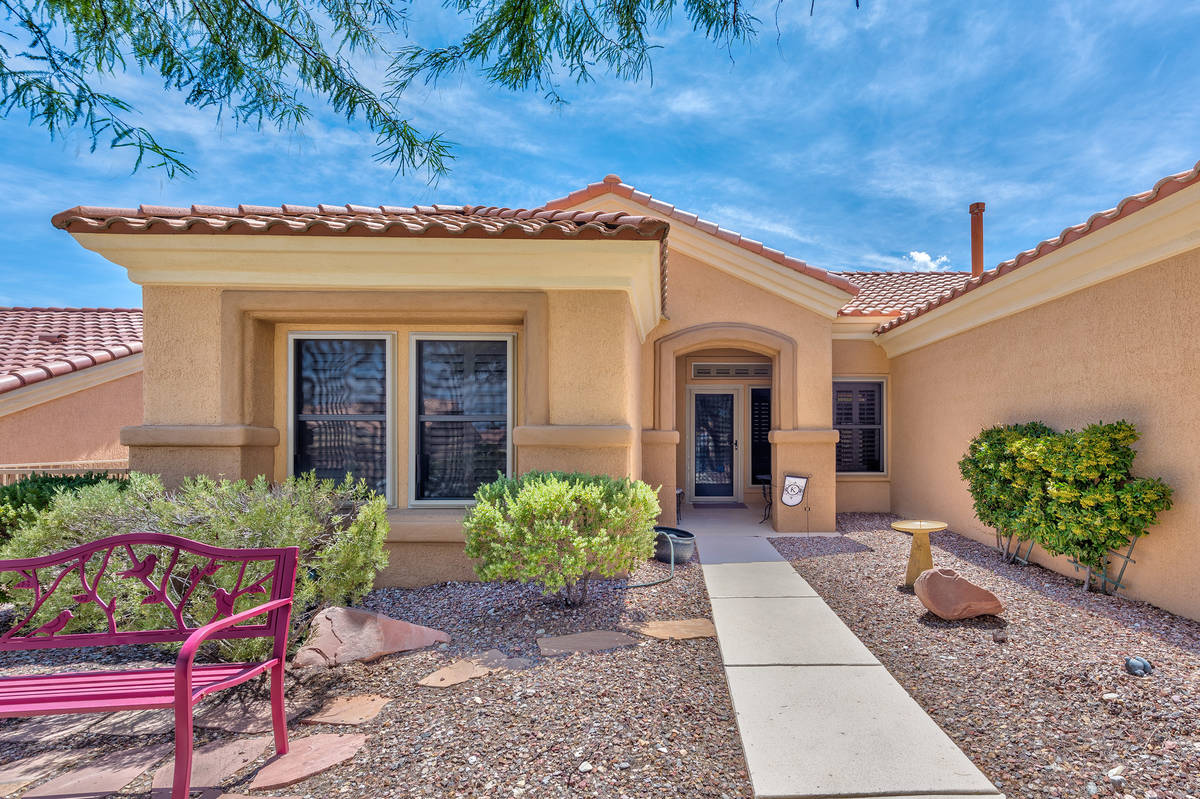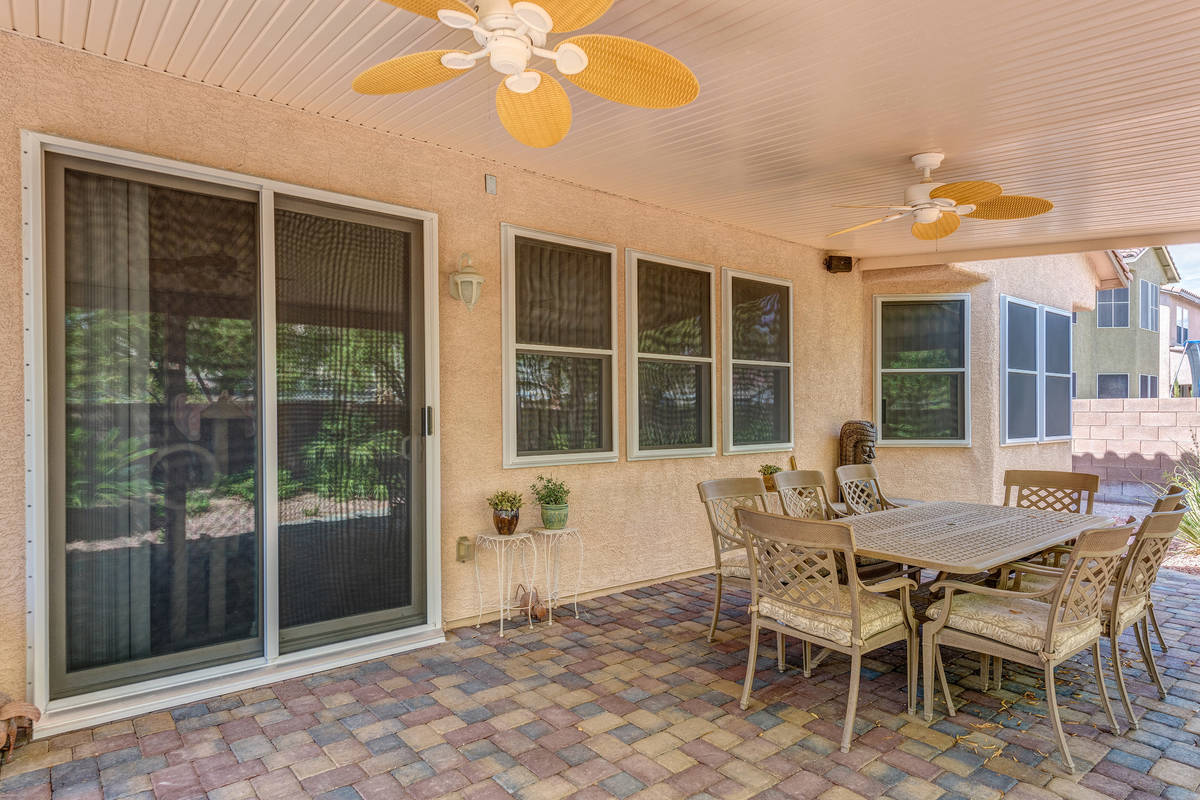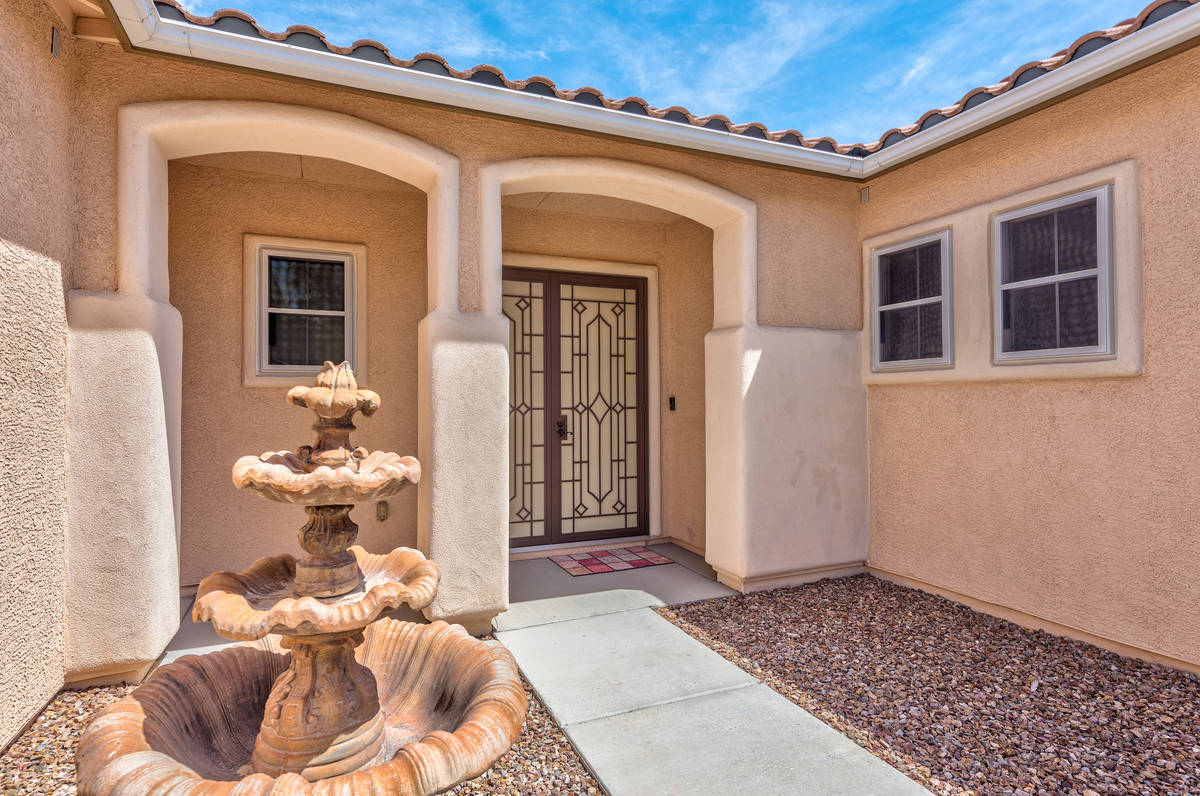Home security starts with windows and doors
Several years ago, James Kerr frequently traveled for work and wanted his family to feel more secure in the home while he was away. So, the mechanical engineer sought security window coverings that would meet his needs.
Not impressed with much of what he saw on the market, Kerr played with the idea of creating a product himself when he came across a stainless steel screen material rated to handle hurricane weather. He developed concepts for frames that would secure the screens into the windows of stucco homes in Southern Nevada. This eventually led to him launching Las Vegas-based Boss Security Screens.
“It has the look and feel of an ordinary solar screen, but once you touch it, you know there’s no way to get in. … We even guarantee that,” he said.
Thanks to products like Kerr’s, the window covering market has evolved through the years to offer better security with aesthetic appeal. The same can be said for security doors, shutters and other security coverings. Here’s a look at why today’s window and door coverings are considered a worthwhile upgrade for Southern Nevada homeowners.
Weighing the investment
Boss Security Screens are engineered to securely mount to the outside of all types of window frames of stucco homes. They also have an ADA-compliant hinge requiring only 5 pounds of pressure to push the screen open from the inside, if needed. The dense weave screen also reduces solar energy by 65 percent to help save on cooling bills, while also offering plenty of airflow and visible light for those perfect spring or fall days when a homeowner wants to crack open a window or the front door.
Available for sliders and French doors as well, each piece is custom-made for a client’s home. Larger windows cost around $1,000 each, and sliders and French doors may cost around $2,500 or $3,000, Kerr said.
A standard bug screen may only cost around $100, but dense security mesh products are really part of an entirely different conversation. They’re made with much higher-grade materials and are engineered to withstand someone trying to cut or smash their way through them, so you should expect to pay quite a bit more.
Melissa Roche Amos, the owner of the local interior design firm Parlor 430, said about 25 percent of her clients request window and door coverings. One of the reasons she happily suggests them is the positive effect on property values.
“The one thing that’s important to me is increasing the value of the home, and these are features that absolutely do that,” she said.
Wrought iron or screened security entry doors are the most popular first step to adding security and enhancing value, she said.
“It’s something a lot of people want. They may not think ‘oh I want that fancy front door’ when they visit a home, but once they see one in place, they want it,” she added. “The great thing is that you can get one that’s beautiful, modern, inexpensive and super stylish.”
Prices can range from a few hundred dollars at a big box retailer up to several thousand dollars for a custom-made installed wrought-iron security door. Regardless of the amount you spend, the designer says it’s important to not over-personalize it. Keep designs simple and sleek for resale value.
Other window coverings
Roche Amos said screens often leave a home a little darker. To some, however, that’s a selling point because it helps a home stay cooler during hot summer months. If a client likes screens but wants a little more light, the interior designer uses a low-energy bright bulb, such as a 4000k bulb you can find at a hardware store.
She suggests rolling shutters for clients who like control over natural lighting. Many will leave the shutters closed during the day in the summertime but open them up to watch sunsets or to enjoy scenery during cooler hours of the day.
Motorized options will cost more, she said, and you can expect to pay several hundred dollars to more than $1,000 for a window rolling shutter. If you like certain screen or rolling shutter options, but they are a little too expensive, the designer offers a good compromise.
“You can put them on the east- and west-facing windows, not the north and south secondary windows where you’re not getting direct light,” she said.
Security window film
Security window film also has grown in popularity. Richard Miller, owner of Green Valley Tint &Graphics, one of the largest installers of security film in the country, has experienced a business boom as homeowners worry about increases in home break-ins, some of which are the result of a growing opioid epidemic, he said.
In business since the mid-1980s and with installations on more than 11,000 valley homes, his company sells both 3M and Armorcoat security films that can withstand the force of stacked stone. They also are used in a number of commercial situations such as offices, schools and retail outlets prone to robberies.
“People are turning to security film because they don’t want people getting into their homes,” he said, “and it doesn’t interfere with the view and doesn’t make the place look like a prison.”
Security film also is reasonably priced. Most films range between $8 and $12 a square foot, Miller said, while ceramic blends can cost from $16 to $24 per square foot. Some keep out more than 95 percent of a window’s solar gain, too.
Miller admits his tints are just part of the solution when it comes to a home’s overall security. He suggests security doors on patios and the front door, camera systems, video doorbells and other measures for clients.
He offers one cautionary note when seeking a reputable window film installer. When it comes to applying films to sliding and French doors, some companies overlook the need to adhere the film to the frame to keep the glass in place if an intruder tries to break in. It’s a commonly overlooked detail that can be the difference between someone gaining access to the home or not, he said.
“With these installations, it’s not as easy as some think. You have to know what you’re doing,” he added. “There are a lot of guys who get into this business only to realize there’s a lot they don’t know and they get out. … Make sure you go with a reputable vendor.”
























